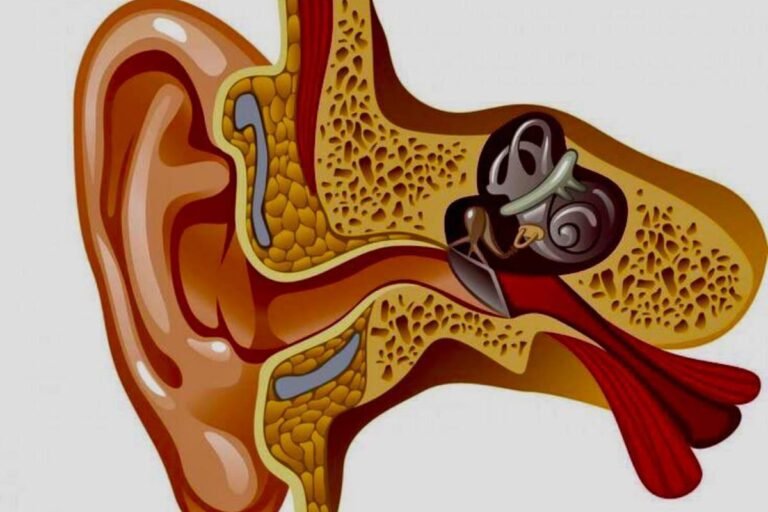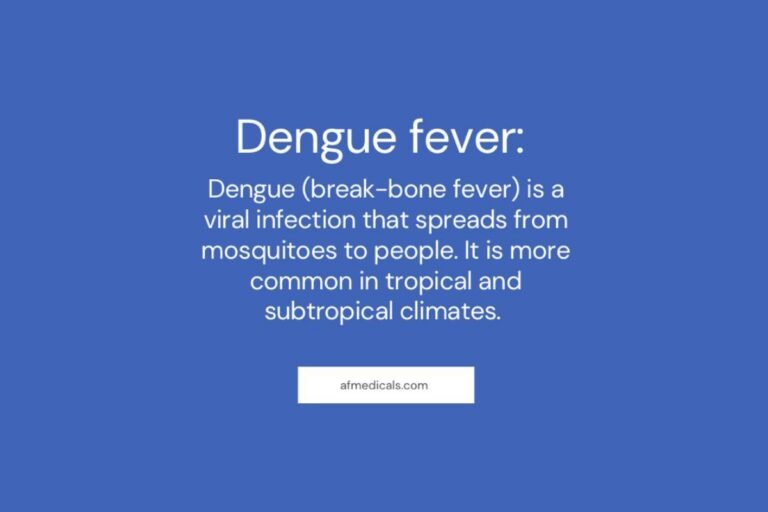Leukemia: Symptoms, Causes, Treatment and it’s Risk Factors:
Leukemia: Symptoms, Causes, Treatment and it’s Risk Factors:
Overview:
Leukemia is cancer of the body’s blood-forming tissues, counting the bone marrow and the lymphatic system.
Numerous sorts of leukemia exist. A few forms of leukemia are more common in children. Other forms of leukemia happen generally in adults.
Leukemia ordinarily includes white blood cells. Your white blood cells are strong contamination warriors; they ordinarily develop and are isolated in a deliberate way as your body needs them. But in people with leukemia, the bone marrow produces an expect sum of unpredictable white blood cells, which don’t work fittingly.Treatment for leukemia can be complex, depending on the sort of leukemia and other factors.But there are techniques and assets that can offer assistance and make your treatment fruitful.
Symptoms:
Leukemia side effects change depending on the type of leukemia. Common leukemia signs and side effects include:
- Fever or chills
- Persistent fatigue, weakness
- Frequent or severe infections
- Losing weight without trying
- Swollen lymph nodes, enlarged liver or spleen
- Easy bleeding or bruising
- Recurrent nosebleeds
- Tiny red spots in your skin (petechiae)
- Excessive sweating, especially at night
- Bone pain or tenderness
When to see a doctor:
Make an arrangement with your specialist on the off chance that you have any diligent signs or symptoms that stress you.
Leukemia side effects are regularly dubious and not particular. You’ll neglect early leukemia indications since they may be taken after indications of the flu and other common ailments.
Some of the time, leukemia is found amid blood tests for a few other conditions.
Causes:
Researchers do not understand the precise causes of leukemia. It appears to result from a combination of hereditary and natural variables.
How leukemia forms:
In common, leukemia is thought to happen when a few blood cells secure changes in their hereditary fabric, or DNA. A cell’s DNA contains data that tells the cell what to do. Commonly, the DNA tells the cell to create at a set rate and to kick the bucket at a set time. In leukemia, the changes tell the blood cells to continue developing and separating.When this happens, blood cell generation gets out of control. Over time, these unusual cells can swarm out sound blood cells within the bone marrow, leading to less solid white blood cells, ruddy blood cells, and platelets, causing the signs and side effects of leukemia.
How leukemia is classified:
Specialists classify leukemia based on its speed of movement and the type of cells included.
The first type of classification is by how fast the leukemia progresses:
- Acute leukemia. In intense leukemia, the unusual blood cells are youthful blood cells (impacts). They can’t carry out their typical capacities, and they increase quickly, so the infection declines rapidly. Intense leukemia requires forceful, convenient treatment.
- Chronic leukemia. There are numerous sorts of constant leukemias. A few create numerous cells, and a few cause a few cells to be created. Incessant leukemia includes more mature blood cells. These blood cells duplicate or amass more gradually and can work regularly for a period of time. A few forms of constant leukemia at first deliver no early indications and can go unnoticed or undiscovered for a long time.
- The second type of classification is by type of white blood cell affected:
Lymphocytic leukemia. This sort of leukemia impacts the lymphoid cells (lymphocytes), which diagram lymphoid or lymphatic tissue. Lymphatic tissue makes up your resistant framework.
Myelogenous (my-uh-LOHJ-uh-nus) leukemia. This sort of leukemia influences the myeloid cells. Myeloid cells give rise to ruddy blood cells, white blood cells, and platelet-producing cells.
Types of leukemia:
The major types of leukemia are:
Acute lymphocytic leukemia (ALL). Typically, the most common sort of leukemia in young children. All of this can happen to adults as well.
- Acute myelogenous leukemia (AML). AML could be a common sort of leukemia. It occurs in children and grown-ups. AML is the most common sort of intense leukemia in adults.
- Chronic lymphocytic leukemia (CLL). With CLL, the most common chronic adult leukemia, you’ll feel well for a long time without requiring treatment.
- Chronic myelogenous leukemia (CML). This sort of leukemia basically influences adults. An individual with CML may have had few or no side effects for months or a long time, recently entering a stage in which the leukemia cells develop more rapidly.
- Other types. Other, rarer sorts of leukemia exist, including shaggy cell leukemia, myelodysplastic disorders, and myeloproliferative disorders.
Risk factors:
Factors that may increase your risk of developing some types of leukemia include:
- Previous cancer treatment. People who’ve had certain sorts of chemotherapy and radiation treatment for other cancers have an extended chance of creating certain sorts of leukemia.
- Genetic disorders. Genetic inconsistencies show up to play a portion within the enhancement of leukemia. Certain innate clutters, such as Down clutter, are related to an extended danger of leukemia.
- Exposure to certain chemicals. Introduction to certain chemicals, such as benzene, which is found in gasoline and is utilized by the chemical industry, is associated to an extended chance of many sorts of leukemia.
- Smoking. Smoking cigarettes increases the risk of acute myelogenous leukemia.
- Family history of leukemia. Within the occasion that people of your family have been analyzed with leukemia, your danger of the ailment may be extended.
In any case, most people with known risk components don’t get leukemia.And numerous individuals with leukemia have none of these hazard components.






